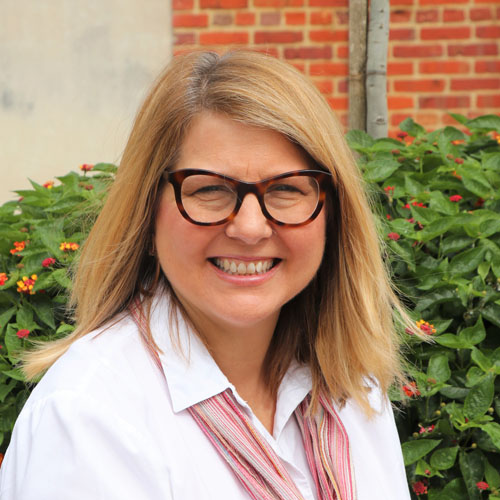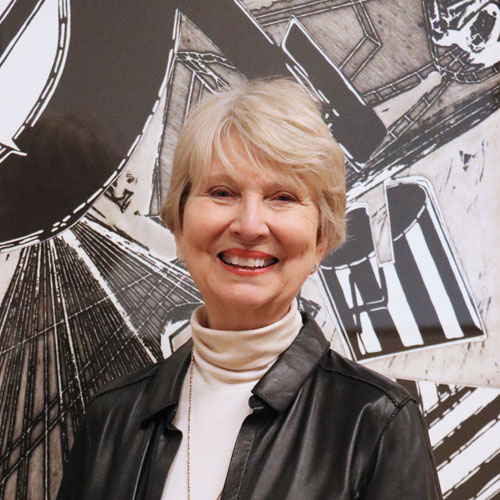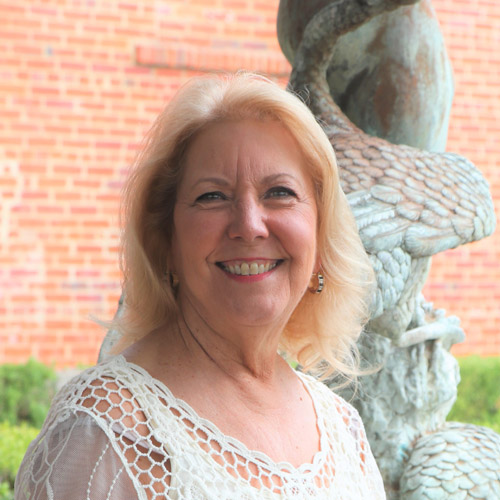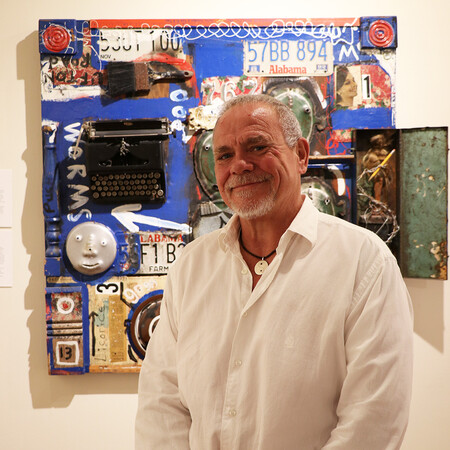Opportunities
Volunteers
The Wiregrass Museum of Art is always looking for qualified volunteers to help us bring its mission to life by connecting people through art. As a volunteer, you will explore new areas of interest, meet inspiring people, get involved with WMA’s cultural community, attend social and educational events, and learn transferable skills. Volunteer hours are available on either a regular or an on-call basis during weekdays and weekends. Most opportunities are during the day, but some evening hours are available.
Volunteers are encouraged to become members of the Museum, but it is not a requirement.
Studio Artists
The Wiregrass Museum of Art is always looking for studio artists to help us bring its mission to life by connecting people through art education. Studio artists are teaching artists who share their knowledge and love for the arts to our wiregrass community. Their workshops explore different mediums and inspire people to continue creating art.
We are looking for local artists in the Wiregrass area willing to share their love and knowledge about art to our community. We are open to any and all mediums. Painting, sculpting, oil pastels, drawing, writing, mixed media, photography… you name it!
If you would like to teach workshops at WMA, fill out our studio artist application form!
Tour Guides
Tour guides are a vital part of the Wiregrass Museum of Art’s mission to educate and inspire audiences through the visual arts and its interpretation. Tour guides are specially trained volunteers who guide museum tours for school groups and visitors. They facilitate learning about and making a connection with the permanent collection and exhibitions through discussion of the artwork on exhibit.
As a WMA tour guide, you will have the opportunity to become a more effective communicator and educator by interacting with a variety of visitors, to expand your knowledge of visual art through research and training provided by WMA, to connect with your community and a diverse group of art enthusiasts, and to attend special events and classes just for tour guides!
Tour guides are encouraged to become members of the Museum, but it is not a requirement.

Lavonda: "Creatives need a place that fosters that spirit in them and I believe our tours of the museum do just that. It is my hope that we can light that creative spirit and celebrate its power in all of us as we look, study, create, and learn more about art in its many forms."

Daisy: "The children never cease to amaze me with their insight; their perceptions of the artwork are pure and often wise. Thank you for the opportunity. The educators are such an asset to our community!"

Jim: "I tour guide because I love art. Being a docent forces me to learn about art I’m not interested in, which adds depth to my thinking. And also you can look at art alone and enjoy it. You can read books, listen to music, and look at art by yourself. I think that’s a valuable lesson to share with students — how to enjoy things alone."

Elaine: "Being a tour guide is fun! Children are so happy to be on a field trip, seeing new things and producing art themselves! Their energy and enthusiasm is infectious! I leave the museum happier than when I arrived!"

Ann: "I believe in the value of art; in the creating of it and the lessons learned from it. I believe in the value of young people and the joy of a shared learning experience. Both are worth the investment of time. Being a docent also provides an avenue to express my appreciation to my community for their investment in a quality art museum."

Terry: "A student—and that’s what we all are, aren’t we?—engages with art, and sometimes for the briefest of moments they participate in the ideas and to some degree the Self of another person. As a docent I have the opportunity to glimpse this connection, this instance of wonder as the unfamiliar teases out the familiar. The student experience fortifies my own, and I am reminded that I, too, am a student."
Kelli: "I was excited about becoming a tour guide to combine my passion for art with my love of teaching. I enjoy sharing interesting and inspiring artwork with young people, teaching them to appreciate different styles. I ask them how a piece makes them feel and why? - is it the colors? the materials that were used? the subject matter? We talk about different mediums and techniques, and I like to share a little art history and terminology with them. For example, what is “mixed media” or do you know what a “diptych” is? Even the ones who say they aren’t artistic seem to learn a lot. I tell them that we are all created to be creative and you can make art out of just about anything!"
